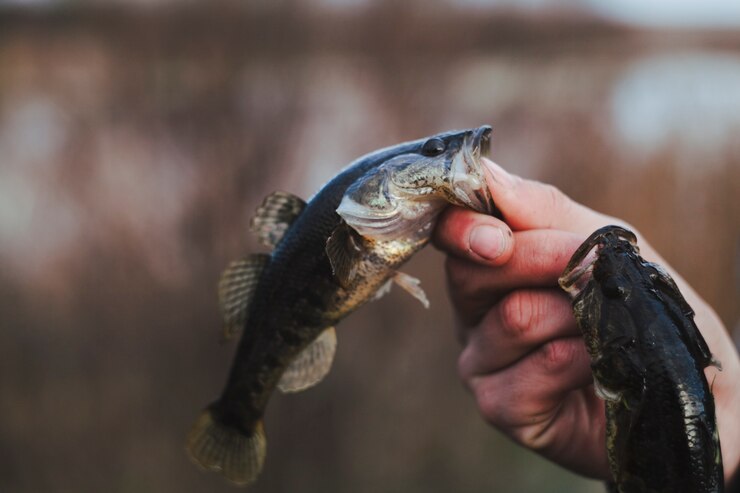Fiskning, or fishing, is more than just an activity; it’s a tradition that dates back thousands of years. Whether as a means of sustenance, a recreational pastime, or a cultural ritual, fishing has maintained its importance across generations. In Sweden, where the term “fiskning” originates, this practice holds a special place in the hearts of many, blending the tranquility of nature with the excitement of the catch.
The History of Fiskning
Fishing has been an essential part of human survival since prehistoric times. Early humans relied on fishing as one of their primary sources of food, using simple tools like spears and nets. Over time, these methods evolved, with innovations such as the fishing rod and reel, making fishing more efficient and accessible.
In Sweden, fishing has always been integral to the culture. With its vast coastlines, numerous lakes, and rivers, the country provides abundant opportunities for both freshwater and saltwater fishing. Historically, communities along the coast depended heavily on fishing for their livelihood, and many traditional Swedish dishes, like gravlax and pickled herring, are rooted in this ancient practice.
Types of Fiskning
Fiskning can be divided into several types, each offering a unique experience:
- Freshwater Fishing: This is perhaps the most common type of fishing in Sweden, with countless lakes and rivers providing ample opportunities. Species like pike, perch, and zander are popular catches. Freshwater fishing is often seen as a peaceful escape, allowing anglers to connect with nature in serene settings.
- Saltwater Fishing: With access to the Baltic Sea and the North Sea, saltwater fishing is also prevalent in Sweden. Anglers often seek out species like cod, mackerel, and herring. The coastal regions offer a different challenge, with the vast open waters and the unpredictability of the sea adding to the excitement.
- Fly Fishing: A more specialized form of fishing, fly fishing is an art in itself. It involves using a lightweight lure, known as an artificial fly, to mimic the appearance of an insect or other prey. This method is often used in rivers and streams, targeting species like trout and salmon.
- Ice Fishing: A true test of endurance, ice fishing is popular during the winter months. Anglers brave the cold, drilling holes in the ice to drop their lines into the frigid waters below. Species like perch and pike are commonly caught through this method.
The Cultural Significance of Fiskning
In Sweden, fiskning is more than just a hobby; it’s a way of life. Many families have passed down the tradition of fishing through generations, with parents teaching their children the skills and patience required. Fishing trips are often a bonding experience, providing time for reflection and connection with nature.
Moreover, fiskning plays a crucial role in Swedish cuisine. Traditional dishes like smoked salmon, pickled herring, and fish stews are staples in Swedish households, especially during festive occasions. These dishes are not just meals but a celebration of the country’s rich fishing heritage.
Sustainable Fiskning Practices
With the growing awareness of environmental issues, sustainable fishing practices have become more important than ever. In Sweden, there are strict regulations to ensure that fish populations remain healthy and ecosystems are preserved. Anglers are encouraged to follow guidelines, such as catch-and-release practices, to minimize their impact on the environment.
Licenses are often required for fishing in certain areas, and there are limits on the number of fish that can be caught, as well as specific seasons when fishing is allowed. These measures help to maintain the balance between enjoying the sport and preserving natural resources for future generations.
Conclusion
Fiskning, whether practiced in the serene lakes of Sweden or along its rugged coastlines, is a cherished tradition that brings people closer to nature and each other. It is an activity that transcends generations, offering both a connection to the past and a mindful approach to the future. As anglers cast their lines, they are not just catching fish; they are partaking in a cultural legacy that continues to thrive in the heart of Sweden.











